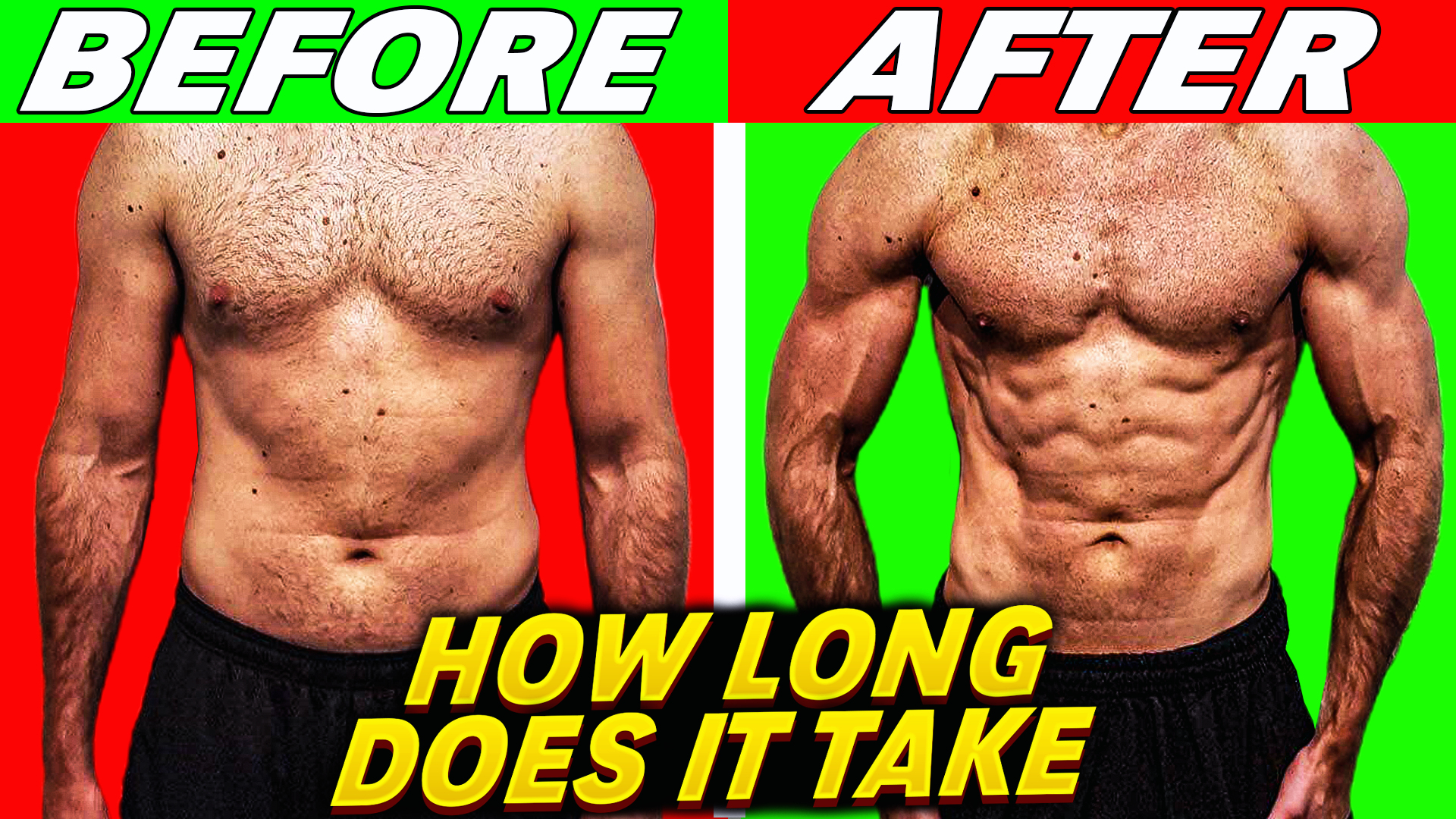When it comes to fitness and aesthetics, people will try just about anything to enhance their appearance—including their jawline. Enter jaw exercisers like Jawsizer, which claim to help you achieve a more defined jaw by working out your jaw muscles, much like you would train your biceps or chest.
But here’s the problem: these products don’t work the way they claim to. Not only are they ineffective, but they can also cause more harm than good.
In this article, I’ll break down why jaw exercisers are a complete waste of time, why they won’t give you a chiseled jawline, and the potential risks of overtraining your jaw muscles.
click here to watch on youtube
How Evolution Shaped Our Jaws
To understand why jaw workouts don’t work, we need to go back in time. Our ancestors had much larger and stronger jaws because their diet consisted of tough, unprocessed foods. Their survival depended on powerful chewing muscles, so evolution favored those with stronger jaw structures.
However, as we developed tools and started cooking our food, the demand for large jaw muscles decreased. Over time, natural selection adjusted our jaws, making them smaller and more energy-efficient since maintaining big jaw muscles would have required unnecessary resources.
The Key Difference Between Jaw Muscles and Other Muscles
Here’s where jaw exerciser companies get it wrong:
They assume that the jaw muscles respond to hypertrophy (muscle growth) the same way that muscles like your biceps, chest, or quads do. But that’s a huge mistake.
Muscles like your biceps and chest evolved for strength and power—they help us run, climb, hunt, and lift. These muscles are designed to grow with progressive overload.
Your jaw muscles, on the other hand, evolved for endurance and efficiency, not for hypertrophy. Their primary function is chewing and speaking, which are repetitive, low-force movements. They were never meant to bulk up like a bicep or a quad.
Trying to force growth in your jaw is like trying to bulk up your fingers by typing more—it just doesn’t work that way.
Why Jaw Exercisers Don’t Work
Even if you chew on a Jawsizer for hours every day, the muscle growth you’d achieve would be minimal at best. Your masseter muscles (the primary jaw muscles) don’t grow significantly from resistance training because their role isn’t to lift heavy weights, it’s to move with precision and endurance.
Additionally, a sharper jawline isn’t a result of bigger jaw muscles, it’s mainly determined by body fat percentage and bone structure. If you want a more defined jawline, focusing on fat loss through proper diet and exercise is far more effective than biting down on a rubber ball.
So What Can You Do?
The only real way to make your jawline more defined is by losing body fat and reducing sodium intake. Excess fat around your face can soften your jawline, and high sodium levels cause water retention, making your face look bloated. By maintaining a leaner physique through proper diet and exercise and keeping your sodium intake in check, you’ll naturally achieve a sharper, more chiseled look—no gimmicky jaw exercisers needed.



